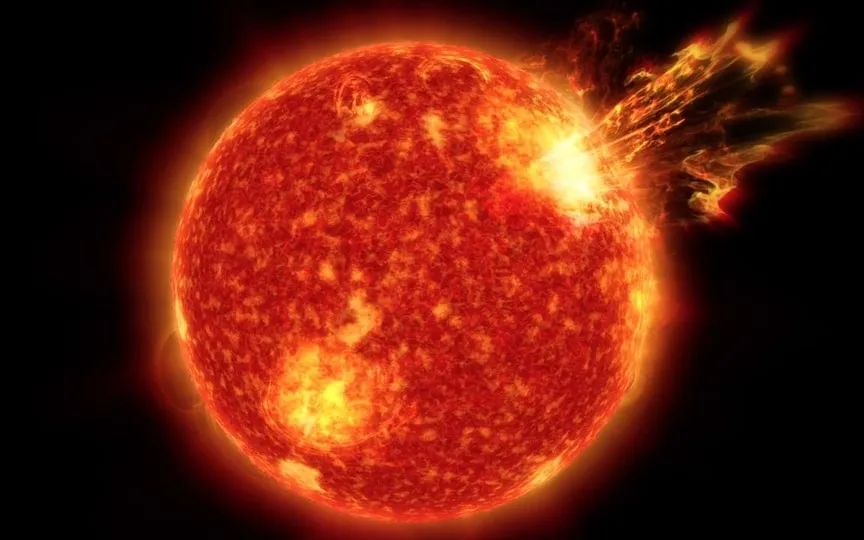NOAA issues geomagnetic storm alert due to potential solar storm triggered by solar wind on March 9
Recently, Earth was struck by an M-class solar flare, leading to a G2-class geomagnetic storm. This event comes as solar activity increases during solar cycle 25, expected to reach its peak this year. The planet has experienced a surge in solar phenomena such as solar particles, CMEs, solar flares, solar storms, and geomagnetic storms in recent months, with more expected. A geomagnetic storm alert has been issued, potentially causing a solar storm.
Geomagnetic storm alert
According to a Spaceweather.com report, National Oceanic and Atmospheric Administration (NOAA) forecasters have issued a minor geomagnetic storm warning as a G1 geomagnetic storm could hit Earth on March 9. This is due to the flowing solar wind, which could displace the Earth’s magnetic field and trigger a solar storm.
NOAA forecasters say this effect of the solar wind would not have caused the geomagnetic storm without the Russell-McPherron effect. The report states: “Normally, this low-impact solar wind stream would not cause a magnetic storm. However, at this time of year, even a gentle gust of solar wind can do its job due to the Russell-McPherron equinox.”
What is the Russell-McPherron Effect?
Although most of the solar activity that erupts from the Sun is shielded by Earth’s magnetic field, scientists have discovered a crack in this field that may allow dangerous solar winds to pass through. This crack is likely due to a vernal equinox phenomenon called the Russell-McPherron effect, which is less than two weeks away.
During the spring equinox, the Sun is directly above the equator, when day and night are of the same length. As a side effect, there is a semiannual variation in the effective southern component of the interplanetary field. Cracks are forming in the Earth’s magnetic field that can allow even weak solar winds to penetrate, NASA says.




